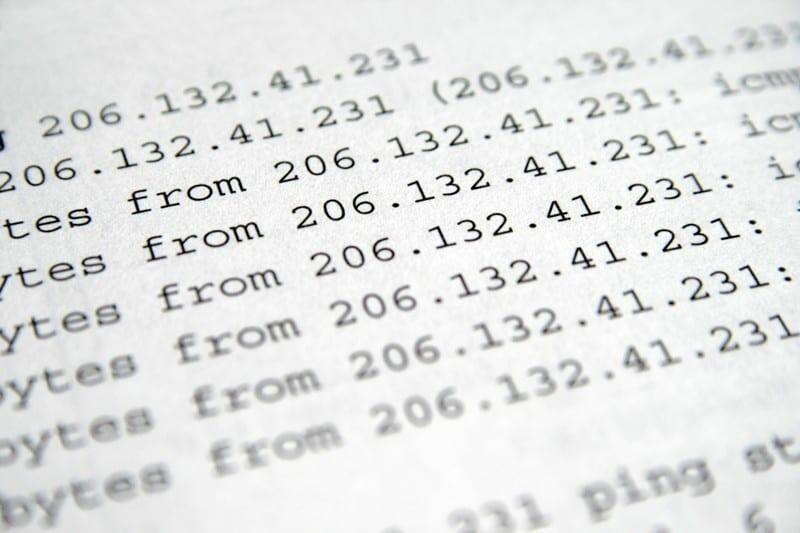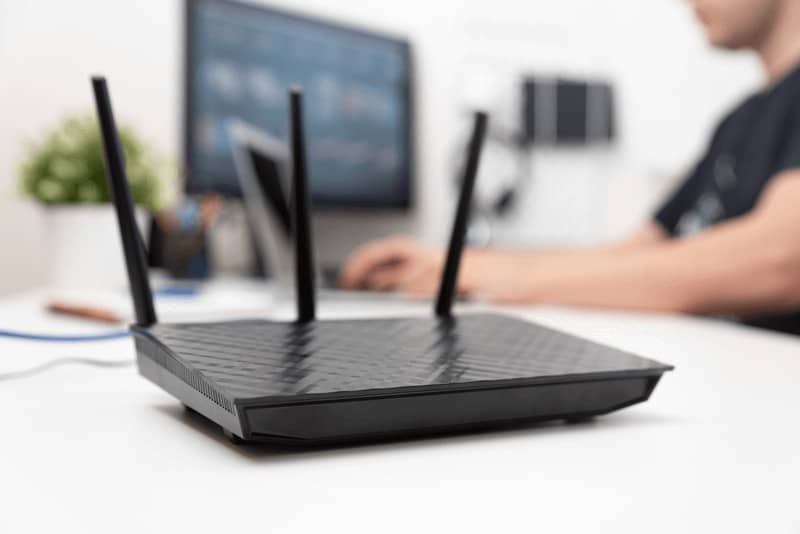Disclaimer: This post may contain affiliate links, meaning we get a small commission if you make a purchase through our links, at no cost to you. For more information, please visit our Disclaimer Page.
If you are about to start sharing files or setting up a network, you need to know your IP address. As long as you are connected to a network, your device has a unique IP address.
It is also crucial to know your IP address so that you can use it while troubleshooting network connection problems. But how do you find the IP address of your Mac.
Read Article: A Device Attached To The System Is Not Functioning
Don’t worry.
We are going to discuss different solutions. However, before that, let’s find out the meaning of an IP address.
Table of Contents
What’s an IP address?
“IP” stands for Internet Protocol Address. This is a numeric address given to all unique instances linked to any device communication network using IP/TCP communication set of rules.
IP addresses are crucial components in networking events that connect the worldwide web. Your Mac can have two IP addresses: the internal IP and the external IP.
Is there any difference between the external IP address and internal IP address?
Related Reading: 192.168.1.1 – How To Access Router Admin IP Address
External IP address
An external IP address is a unique address that your internet service provider assigns you. It is also referred to as the public IP address.
Your external IP address shows how other internet users see you. External IP addresses vary depending on the device using the internet.
Even if you are using the same internet service provider, each device will have a unique external IP address, it is dynamic. Your router and Mac will not have the same IP address.
Internal IP address
An internal IP address is a unique and private address assigned to your computer. Most of the time, it is your router that assigns your computer a unique address.
There are a limited set of External IP addresses, and that’s why internal IP addresses are used. Internal IP addresses allow you to access a network without using the space of a public IP address.
How can you find the internal IP address on Mac?
There are various ways of finding an IP address on Mac. Let’s have a look at each.
Solution 1: Find your Internal IP Using the Terminal
- You can use the Terminal to find your internal IP.
- Find the utility section on your Application folder.
- Open the Terminal
- Get your IP with the ifconfig command. However, the ifconfig command can give you a lot of unnecessary data. This may be a little confusing.
- Use the ifconfig | grep “inet” | grep -v 127.0.0.1 command to get rid of stuff you don’t need and get your IP address.
- Regardless of the device, you are using; you can use the above command to eliminate the 127.0.0.1 entry.
- You can now copy your IP address which will be displayed near the “inet” entry.
Solution 2: How to find IP address on Mac if you have OS X 10.5
If you have OS X 10.5, here is how you can find your IP address.
- Go to the top left corner of your mac’s screen and click the “Apple” icon
- Choose “System Preferences”
- Click on “Network“
- Choose your main network that is if it’s not on your default. Mostly it’s always there.
- You will see your IP address on the right side below the “status” section.
- Your active connection will be naturally selected by default.
Solution 3: How to find IP address on Mac if you have OS X 10.4
It’s a little different to find your internal IP address on OS X10.4, so use the following steps.
- Find the Apple icon at the corner on the upper left of your screen.
- When you scroll down, you will see system preferences. Select it.
- Click on Network which is on the third row.
- Choose your connection. It’s possible to choose a connection you would like your IP address for from the show dropdown menu.
- Choose AirPort if you have a wireless connection. In case you are using a wired connection, the Built-In Ethernet will work.
- You can now get your IP address by clicking the TCP/IP tab, which will show the address on the settings window.
How can you find your External IP Address on your Mac?
Just like the internal IP, finding the external IP is easy. First of all, if your Mac is part of a network, you can Google “what’s my IP address?” and you will get your public IP address on top of search results.
Below are several other steps you can use and find your external IP address.
1. Use the router configuration page.
- Look for the web interface on settings and access the router.
- Go to the configuration of the page of the router and open it.
- Check the specific IP address from your router documentation. Some of the well-known router addresses include; 192.168.2.1, 192.168.1.1, and 192.168.0.1.
2. Open your router status
Most routers have external IP’s listed in the Wide Area Network Status or the Router Status. You will find your IP listed below the internet Port in the Router Status.
Your IP has four sets of digits, each set having three numbers. Your internet service provider is the one that assigns you your external IP address.
External IP addresses might change from one time to another, and you can use proxies to mask them.
Aside from that, you can also get your external IP address using the following steps:
- Go to Applications followed by Utilities then Terminal
- Copy and paste “curl ipecho.net/plain; echo” in the terminal window.
- Click the “Enter” key of your keyboard
Your external IP address will be displayed in a few minutes after the above steps.
Finding your IP address is crucial because it helps you find other computers with different networks. Through the IP address, it is possible to control remote services using software like Windows Remote Desktop. Besides that, knowing your IP address assists in network troubleshooting. You can troubleshoot a network connection that is failing using Traceroute commands or Ping.


